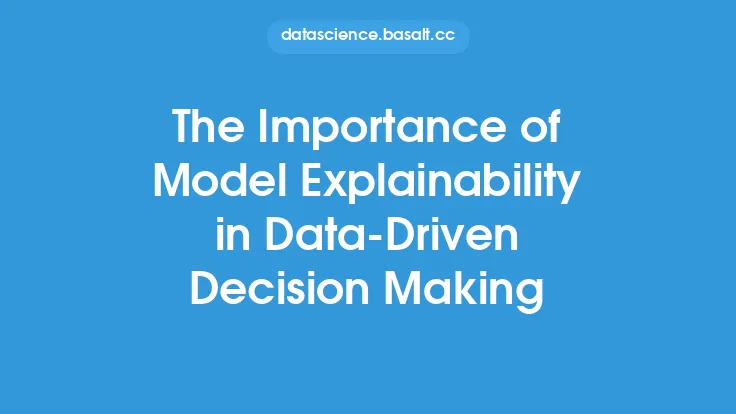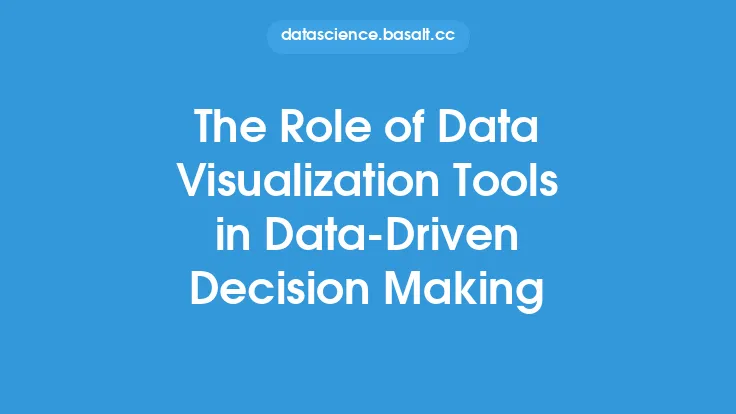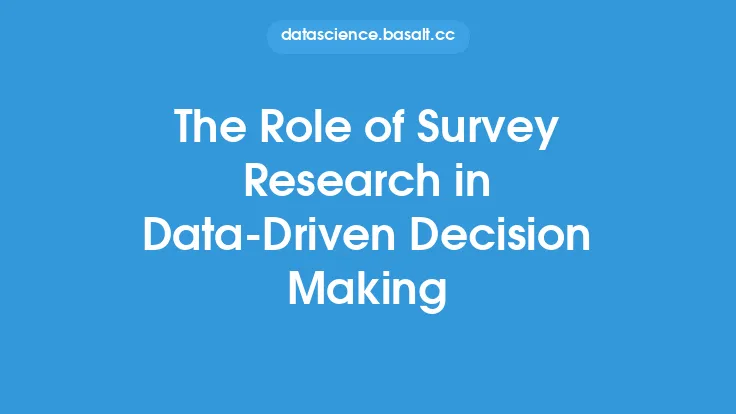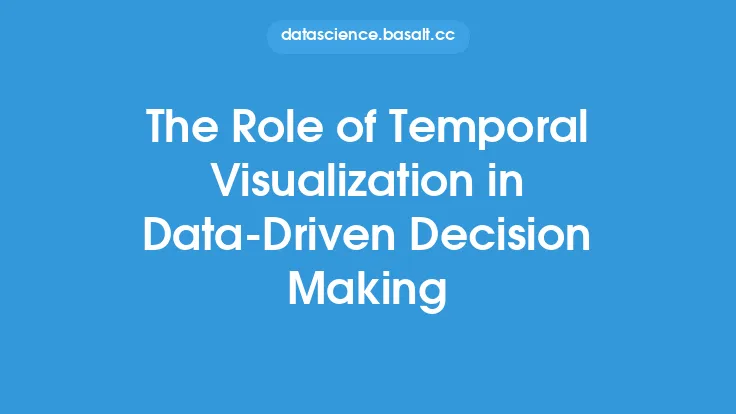In today's data-driven world, statistical inference plays a vital role in decision-making across various fields, including business, healthcare, social sciences, and more. Statistical inference is the process of drawing conclusions about a population or phenomenon based on sample data. It involves using statistical methods to make inferences about the characteristics of a population, such as its mean, proportion, or regression relationship. The importance of statistical inference lies in its ability to provide insights that can inform decision-making, drive business strategy, and improve outcomes.
What is Statistical Inference?
Statistical inference is a branch of statistics that deals with making conclusions about a population based on a sample of data. It involves using statistical techniques, such as hypothesis testing and confidence intervals, to make inferences about the population parameters. Statistical inference is essential in data analysis, as it allows researchers and analysts to draw conclusions about a population without having to collect data from every individual. This is particularly useful when dealing with large populations or when data collection is costly or time-consuming.
Types of Statistical Inference
There are several types of statistical inference, including:
- Estimation: This involves using sample data to estimate the value of a population parameter, such as the mean or proportion.
- Hypothesis testing: This involves testing a hypothesis about a population parameter, such as whether the mean of a population is equal to a certain value.
- Confidence intervals: This involves constructing an interval that is likely to contain the true value of a population parameter.
- Regression analysis: This involves modeling the relationship between a dependent variable and one or more independent variables.
The Role of Statistical Inference in Decision-Making
Statistical inference plays a critical role in decision-making, as it provides insights that can inform business strategy, policy decisions, and other outcomes. By using statistical inference, organizations can:
- Identify trends and patterns: Statistical inference can help identify trends and patterns in data, which can inform business strategy and decision-making.
- Evaluate the effectiveness of interventions: Statistical inference can be used to evaluate the effectiveness of interventions, such as new products or marketing campaigns.
- Inform policy decisions: Statistical inference can provide insights that inform policy decisions, such as the impact of a new policy on a population.
- Optimize business processes: Statistical inference can be used to optimize business processes, such as supply chain management or customer service.
Common Statistical Inference Techniques
There are several common statistical inference techniques, including:
- T-tests: This involves testing the difference between the means of two groups.
- Analysis of variance (ANOVA): This involves testing the difference between the means of three or more groups.
- Regression analysis: This involves modeling the relationship between a dependent variable and one or more independent variables.
- Time series analysis: This involves analyzing data that varies over time, such as stock prices or weather patterns.
Challenges and Limitations of Statistical Inference
While statistical inference is a powerful tool for decision-making, there are several challenges and limitations to consider, including:
- Sampling bias: This occurs when the sample data is not representative of the population.
- Measurement error: This occurs when the data is not accurately measured.
- Model misspecification: This occurs when the statistical model is not correctly specified.
- Overfitting: This occurs when the model is too complex and fits the noise in the data rather than the underlying pattern.
Best Practices for Statistical Inference
To ensure that statistical inference is used effectively, several best practices should be followed, including:
- Clearly define the research question: This involves clearly defining the research question or hypothesis to be tested.
- Use high-quality data: This involves using data that is accurate, complete, and relevant to the research question.
- Choose the correct statistical technique: This involves choosing the statistical technique that is most appropriate for the research question and data.
- Interpret results correctly: This involves correctly interpreting the results of the statistical analysis, including considering the limitations and potential biases of the study.
Conclusion
Statistical inference is a critical component of data-driven decision-making, as it provides insights that can inform business strategy, policy decisions, and other outcomes. By understanding the types of statistical inference, the role of statistical inference in decision-making, and the common statistical inference techniques, organizations can make more informed decisions. However, it is also important to consider the challenges and limitations of statistical inference, as well as best practices for ensuring that statistical inference is used effectively. By doing so, organizations can unlock the full potential of statistical inference and drive better outcomes.





